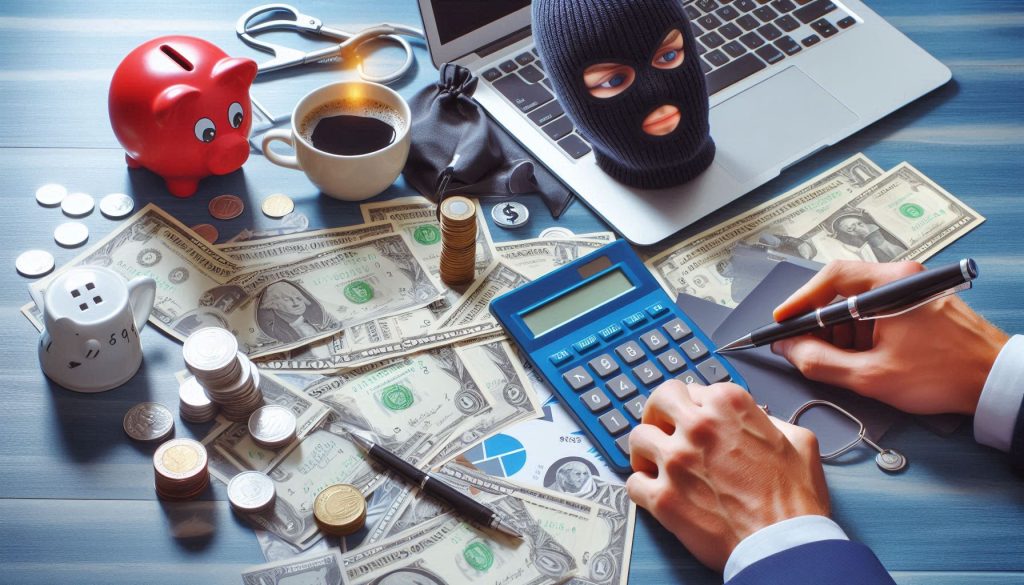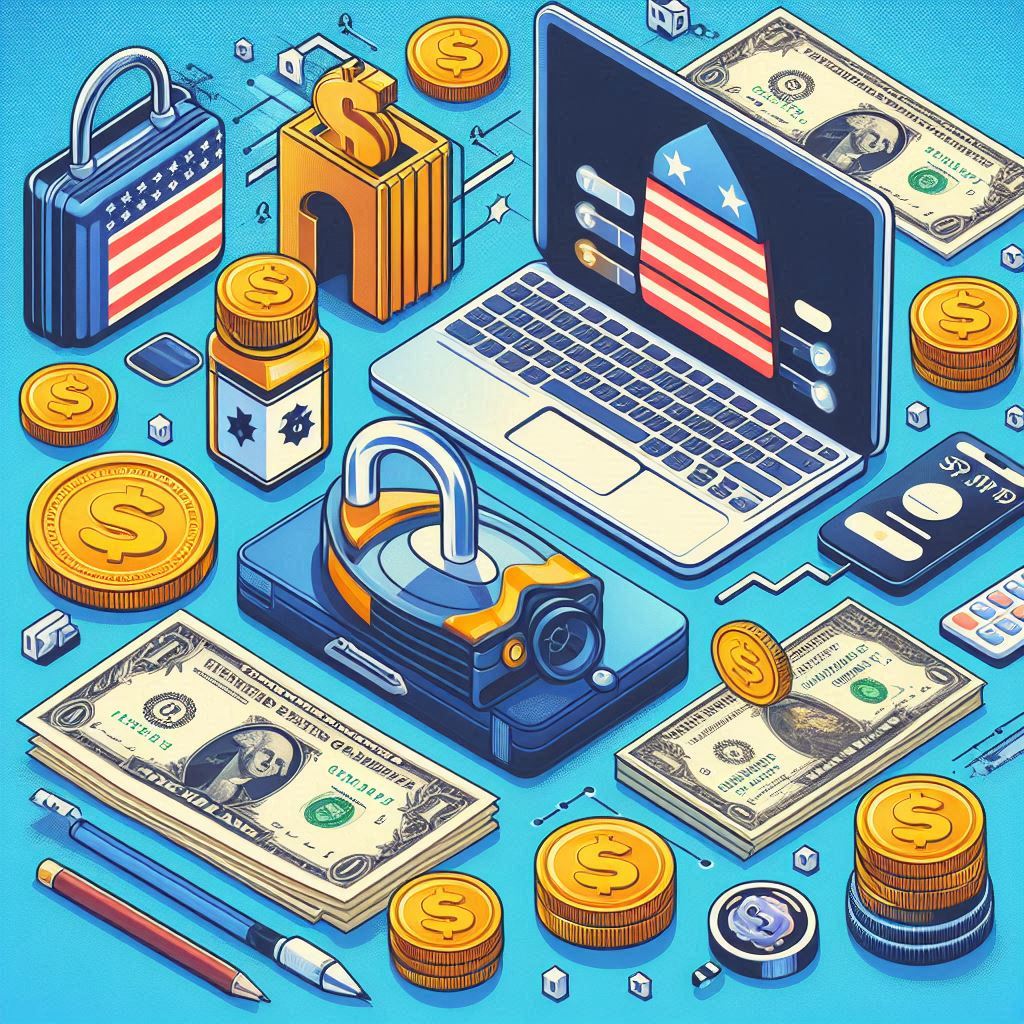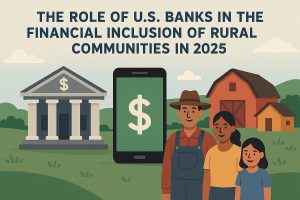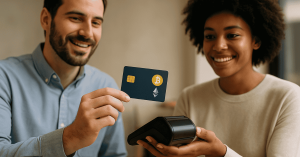Opening a bank account in the US may seem simple, but beneath the surface, risks could cost you more than expected. Fraudsters constantly evolve, finding new ways to exploit unsuspecting individuals, especially those unfamiliar with the banking system. Whether you’re an immigrant, an international student, or new to US banking, it’s crucial to understand financial scams and recognize warning signs before trusting a bank or institution.
Many scams target people who are in a rush to open an account or unaware of common red flags in banking. From fake representatives to deceptive online platforms, criminals rely on confusion and urgency to trap their victims. While the US has strong financial regulations, no system is completely fraud-proof, and scammers take advantage of loopholes or the lack of financial awareness.
The most common scams and how to spot them

Fake bank representatives and phishing attempts
One of the most widespread scams involves criminals posing as bank employees, either through phone calls, emails, or even fake bank websites. They may claim there’s an issue with your account, offer you “exclusive” banking services, or request personal details to “verify your identity.” These phishing attempts can be highly sophisticated, often using official-looking emails or cloned websites that closely resemble legitimate banks.
To avoid falling into this trap, never provide personal information through unsolicited emails or phone calls. Banks will never ask for sensitive data such as Social Security numbers, PINs, or online banking credentials through email or text messages. If you receive a suspicious call, hang up and contact the bank directly using the official phone number found on their website.
Another tactic scammers use is creating fake banking apps that resemble those of well-known financial institutions. If you’re opening a bank account online, always download the bank’s official app from verified sources, such as the Apple App Store or Google Play Store. Avoid clicking on links sent via email or SMS unless you can confirm their authenticity.
Fraudulent account opening services
Some scammers take advantage of the fact that opening a bank account in the US can be a bureaucratic process, especially for non-residents. They offer “assistance” through third-party services that promise to open an account quickly, sometimes without requiring a Social Security number or proper identification.
Be cautious if a service asks for upfront payments or guarantees account approval regardless of your eligibility. Always research the company, read online reviews, and check if they are affiliated with a recognized financial institution. If you are unsure, contact the bank directly to inquire about legitimate account-opening procedures.
Check fraud and fake deposits
Once an account is opened, scammers may attempt to trick individuals into depositing fraudulent checks. This is a common scam targeting newcomers unfamiliar with US banking rules. The scam works by sending you a check that appears to be from a legitimate source, such as a potential employer or business partner. The scammer may then ask you to send a portion of the funds back through wire transfers, gift cards, or cryptocurrency before the check clears.
US banks often release funds from deposited checks quickly, but that does not mean the check has been fully processed. If the check turns out to be fake, the bank will remove the funds from your account, leaving you responsible for any money you sent. To avoid this, never accept or deposit checks from unknown sources. If you receive a check as payment, verify its authenticity by contacting the issuing bank before using any of the funds.
How to protect yourself when opening a bank account
choose a reputable bank and verify legitimacy
One of the best ways to avoid scams is to choose a well-established and reputable bank. The US banking system includes national, regional, and online banks, but not all are trustworthy. Before selecting a bank, check whether it is insured by the Federal Deposit Insurance Corporation (FDIC), which guarantees deposits up to $250,000. You can verify a bank’s status through the FDIC’s official website.
If you are considering an online bank, ensure it has a physical address and clear contact information. Scammers often create fake financial institutions with professional-looking websites, but a lack of transparency is a major red flag. Look for customer reviews, check the Better Business Bureau (BBB) ratings, and confirm that the bank is registered with financial authorities.
Be cautious with unsolicited offers and promotions
Many scammers lure victims by offering unrealistic banking deals, such as accounts with no fees, high-interest rates, or cashback incentives that sound too good to be true. If a promotion appears overly generous, take a step back and investigate further. Genuine banks provide clear terms and conditions for their offers, while fraudulent schemes often push urgency, claiming that you need to act fast to secure the deal.
If you receive an unexpected email or call about an exclusive banking offer, avoid clicking on links or sharing personal details. Instead, visit the bank’s official website and check if the promotion is listed. Banks do not pressure customers into making instant decisions, so any attempt to rush you should raise suspicion.
Secure your banking information and monitor your account
Once your account is open, maintaining strong security practices is essential to avoid fraud. Use complex passwords and enable two-factor authentication (2FA) on your online banking profile to add an extra layer of protection. Be cautious about accessing your account from public Wi-Fi networks, as hackers can intercept your login details.
Regularly monitor your bank statements and transaction history to spot any unauthorized activity. If you notice suspicious withdrawals or payments, contact your bank immediately. Many banks offer fraud alerts via SMS or email, notifying you of unusual transactions. Enabling these alerts can help you act quickly if your account is compromised.
Staying safe in the US banking system
Opening a bank account in the US is a crucial step toward financial stability, but it also comes with risks if you are not cautious. Scammers target individuals unfamiliar with banking procedures, using deception and urgency to steal money and personal information. By understanding common scams, verifying financial institutions, and securing your banking details, you can significantly reduce your chances of falling victim to fraud.
The key to safe banking is vigilance—always double-check offers, verify sources, and remain cautious of anything that seems too convenient or rushed. The more informed you are about potential threats, the better equipped you’ll be to protect your finances. Taking the time to research and follow security measures will help ensure a secure and stress-free banking experience in the US.






